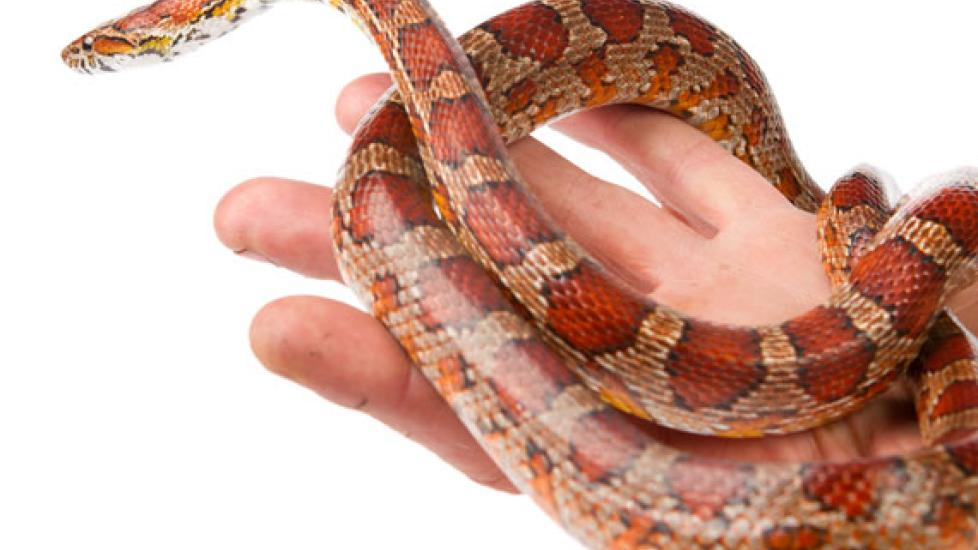Hidden Dangers of Owning a Reptile
Reptiles are beloved by so many pet parents worldwide, and it’s easy to see why. When compared to a dog or a cat, reptiles don’t require as much care and maintenance. Reptiles are ideal for people with apartments or small homes. Also, people with allergies to dogs or cats won’t have the same issues with reptiles. However, as with all pets, it’s important to take precaution when caring and handling reptiles. Here are some common risks all reptile owners should be aware of as well as ways to minimize the risks.
Zoonotic Diseases
All pets have the potential of spreading zoonotic diseases, including reptiles. These illnesses can be spread by bacteria, fungi, viruses or parasites entering the mouth; they can also be spread through the air, or by a break on the skin.
One of the most common diseases spread from reptiles to humans is Salmonella. It is often spread when a person fails to thoroughly wash his or her hands after handling a reptile with the Salmonella bacteria. It can occur when a person touches or consumes something that has come into contact with the feces a Salmonella-positive reptile as well. Other potential illnesses reptiles may inadvertently transmit to humans include botulism, Campylobacteriosis, Leptospirosis; worms and ticks can sometimes be passed from reptile to human, too.
The most effective way to prevent the spread of illness between a person and a pet is to practice proper hygiene. Hands should be washed thoroughly with soap and water every time after handling a reptile. Reptile habitats, meanwhile, should be cleaned regularly, including the removal of fecal matter (ideally with the use of gloves). Additionally, many experts recommend that homes with children under the age of five forgo keeping reptiles. This is because it can be difficult to assure the child will properly clean him or herself after handling the reptile.
Physical Safety
Reptiles are generally docile and social, especially those you’d find sold at a pet store. However, some reptiles can be frightened and lash out (i.e., bite, scratch, claw, etc.) if they are not handled or cared for in an appropriate manner. These reactions from reptiles don’t “just happen,” though. Something triggers the response, and often after some sort of warning from the reptile. For example, a snake may strike at a person who places their hand inside a habitat during (and sometimes immediately following) feeding time. Usually this can be attributed to mistaken identify. That is, the snake mistook the hand as food. Some reptiles can also scratch at a person who unknowingly handles it inappropriately.
To minimize these types of unfortunate accidents, it’s best to follow these simple steps:
Choose the Right Reptile
Every reptile is different and some may be better for beginners while others have more intricate care needs that are better suited for reptile owners with years of experience. Not sure which reptile to choose? Take a look at this petMD infographic or at a knowledgeable reptile expert at a pet store or veterinarian’s office.
Learn Proper Handling and Feeding Techniques
Everyone in your home should be taught the proper way to handle the pet reptile, especially children. Some reptiles may look tough, but they should never be shook, pulled, squeezed or tossed about. Not only could it harmful for the pet, but it can lead to accidental bites and scratches if the reptile chooses to act in self-defense. Not sure how to properly handle your reptile? Take a look at some of PetSmart’s Care Guides or ask a knowledgeable reptile expert at a pet store or veterinarian’s office.
